For many cat owners, the thought of their feline friend experiencing separation anxiety can be both puzzling and concerning. While it’s commonly believed that cats are independent creatures, they can also become deeply attached to their human companions. When left alone, these affectionate creatures might show signs of distress, leading to separation anxiety. Understanding the signs and knowing how to address them can make a world of difference for both you and your beloved pet.
Understanding Feline Separation Anxiety
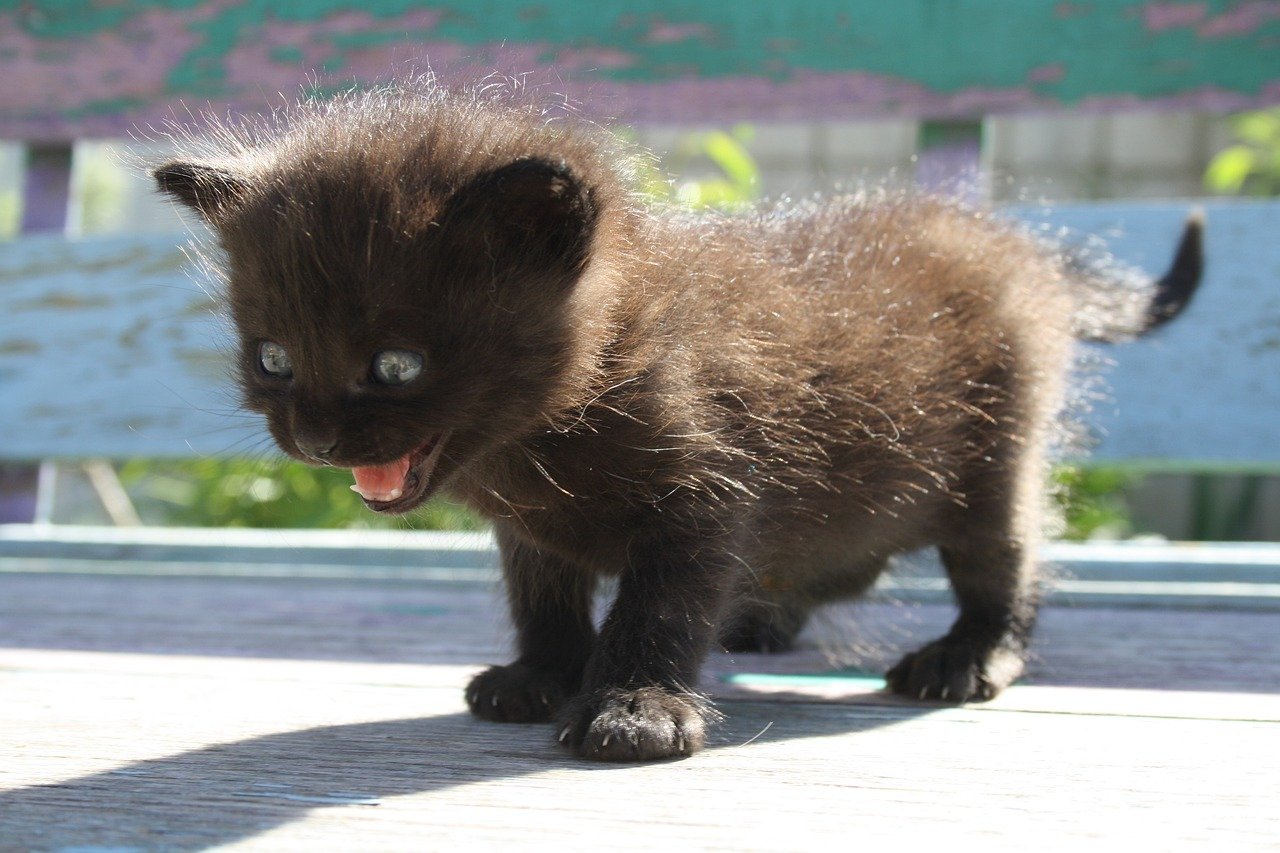
Separation anxiety in cats is a condition where a cat becomes overly stressed when separated from their owner or a specific environment. Contrary to popular belief, cats are not entirely solitary animals. They can form strong bonds with their humans and may become disoriented or upset when their routine is disrupted. This anxiety can manifest in various behavioral changes that should not be overlooked.
Recognizing Vocalization Changes
One of the most common signs of separation anxiety in cats is a change in vocalization. Cats may start meowing, yowling, or howling excessively when they sense their owner is preparing to leave. This behavior doesn’t just stop once the owner leaves; it can continue throughout the day. The vocalization might be more intense or frequent than usual, indicating your cat’s distress.
Destructive Behavior as a Cry for Help
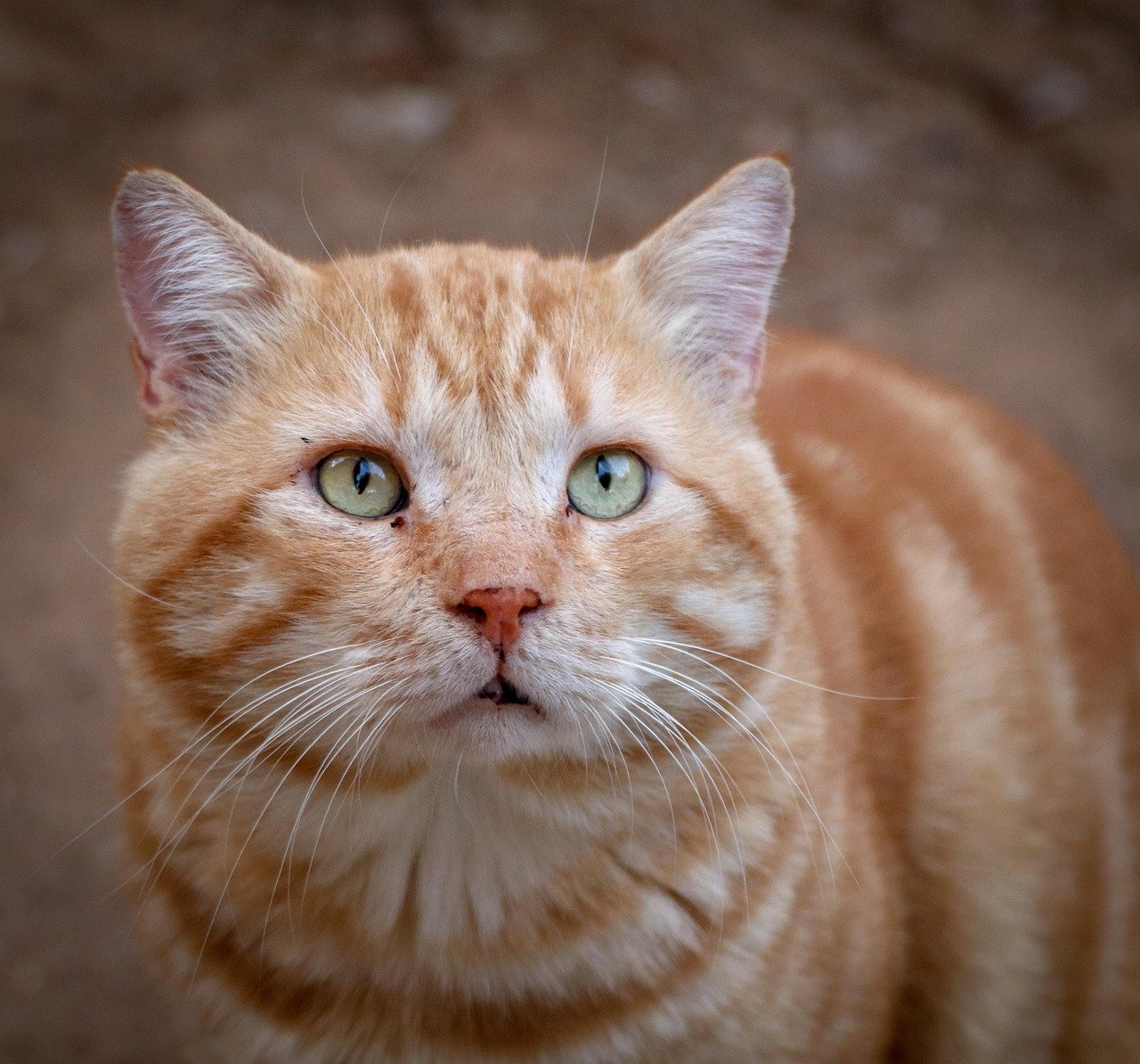
Cats experiencing separation anxiety might resort to destructive behaviors. This can include scratching furniture, knocking items over, or even urinating outside the litter box. Such actions aren’t necessarily an act of defiance but rather a sign of distress. Your cat may be trying to cope with their anxiety or attempting to get your attention.
Changes in Appetite and Eating Habits
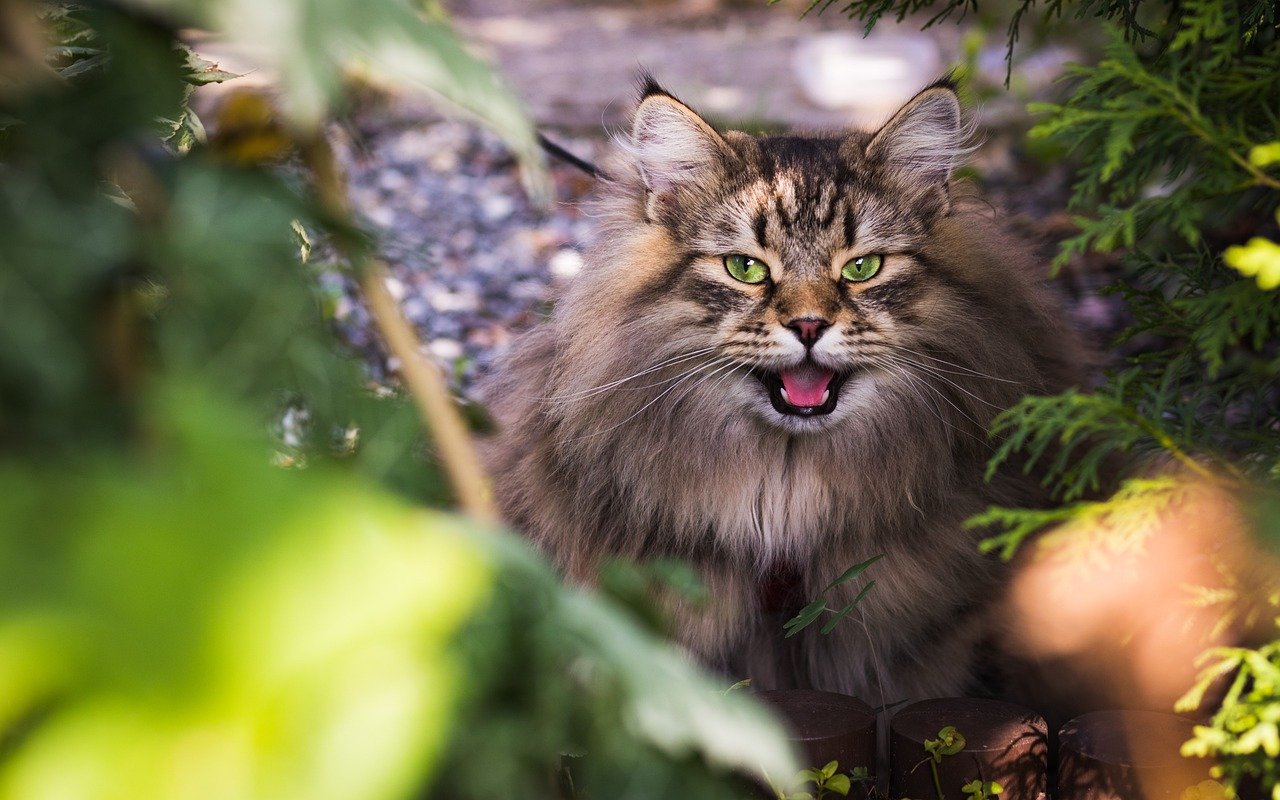
A sudden change in appetite can be a red flag for separation anxiety. Some cats may refuse to eat when their owner is away, while others might overeat as a comfort mechanism. Monitoring your cat’s eating habits can be crucial. If you notice significant changes in their appetite, it might be time to consider separation anxiety as a possible cause.
Unusual Litter Box Behavior
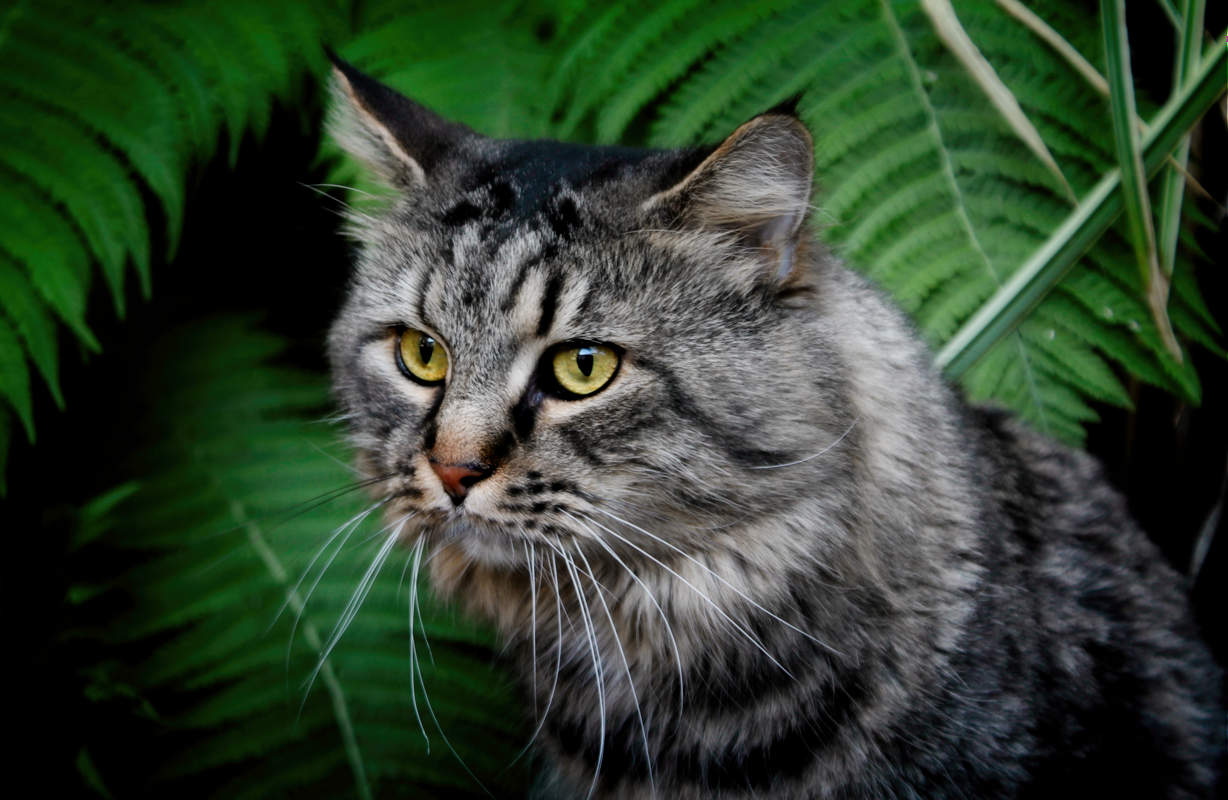
Cats are generally fastidious creatures, and any deviation from their usual litter box habits can be significant. If your cat starts eliminating outside the litter box or suddenly refuses to use it, this could be a sign of anxiety. Stress can disrupt their usual routines, leading to such behavior. It’s essential to rule out medical issues first, but separation anxiety can be a likely cause.
Increased Clinginess and Attention-Seeking
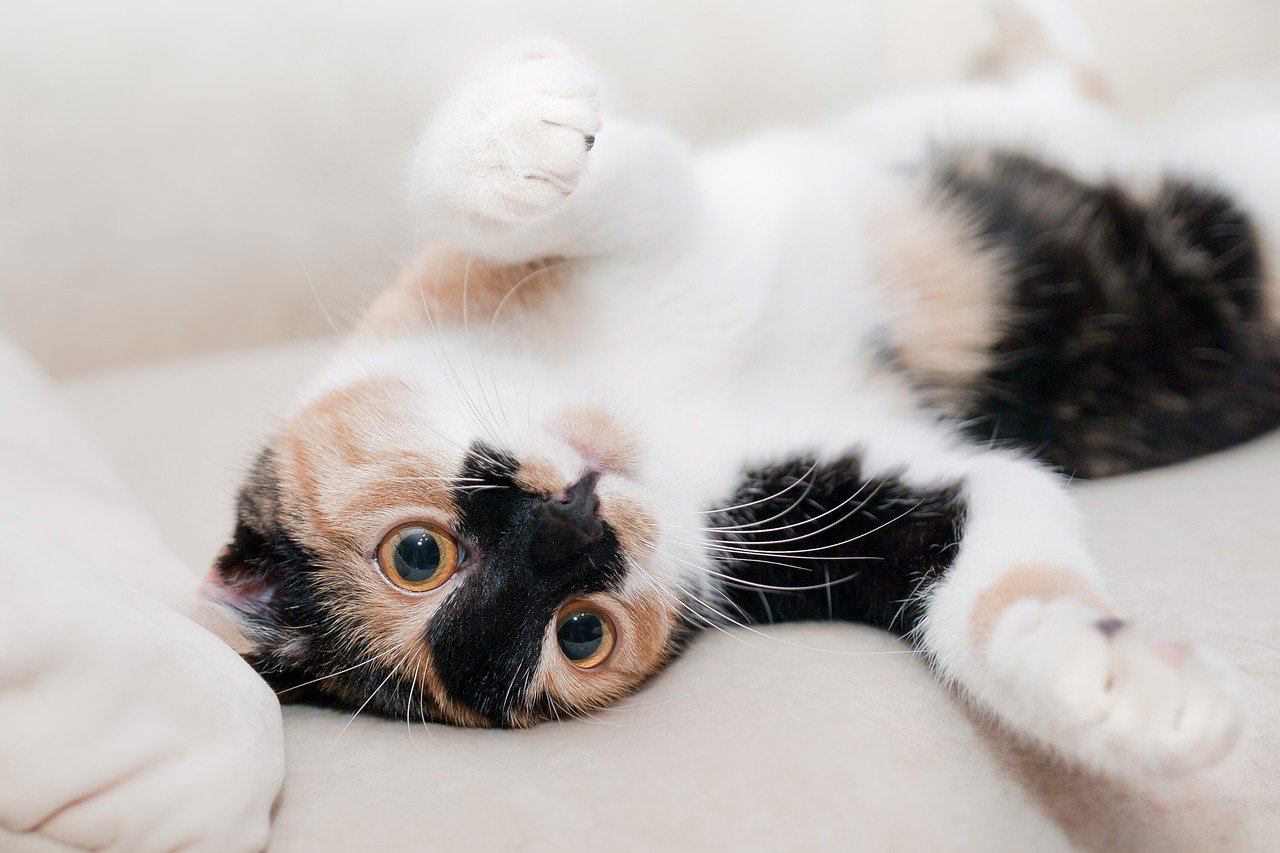
When a cat experiences separation anxiety, they might become unusually clingy. This can manifest as following you from room to room, constantly seeking your attention, or becoming distressed when you’re out of sight. It’s their way of seeking comfort and reassurance from their trusted human, trying to ensure you’re not planning to leave them alone.
Excessive Grooming or Self-Harm
Grooming is a natural behavior for cats, but when it becomes excessive, it can be a sign of stress or anxiety. Cats with separation anxiety might groom themselves to the point of creating bald spots or skin irritations. This behavior is their way of coping with stress, and it’s vital to address the root cause to prevent further harm.
Hiding or Avoidance
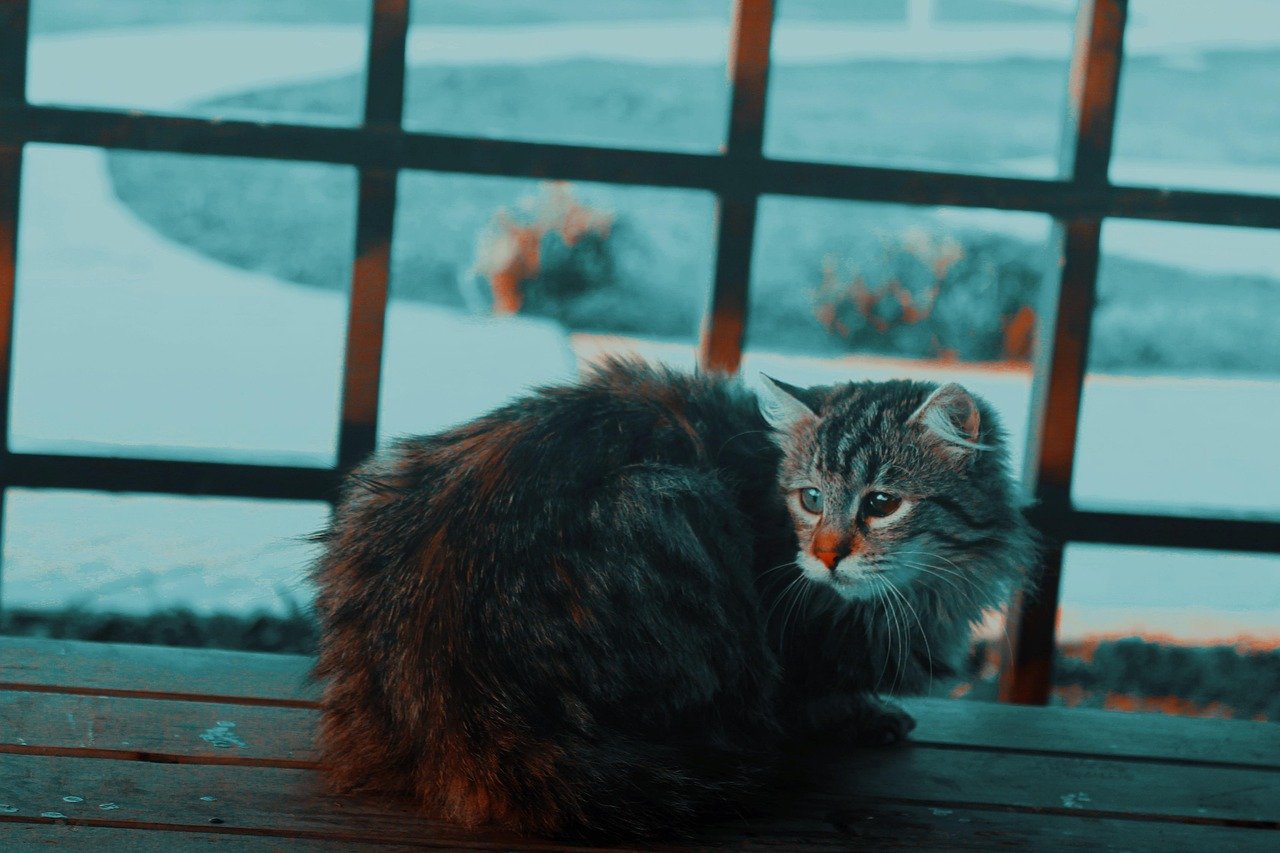
An anxious cat might choose to hide or avoid interaction when they sense you’re about to leave. This behavior can be their way of coping with the anticipated stress of separation. If your cat starts disappearing or becomes less social around the time you usually leave, it could be a sign of separation anxiety.
Restlessness and Pacing
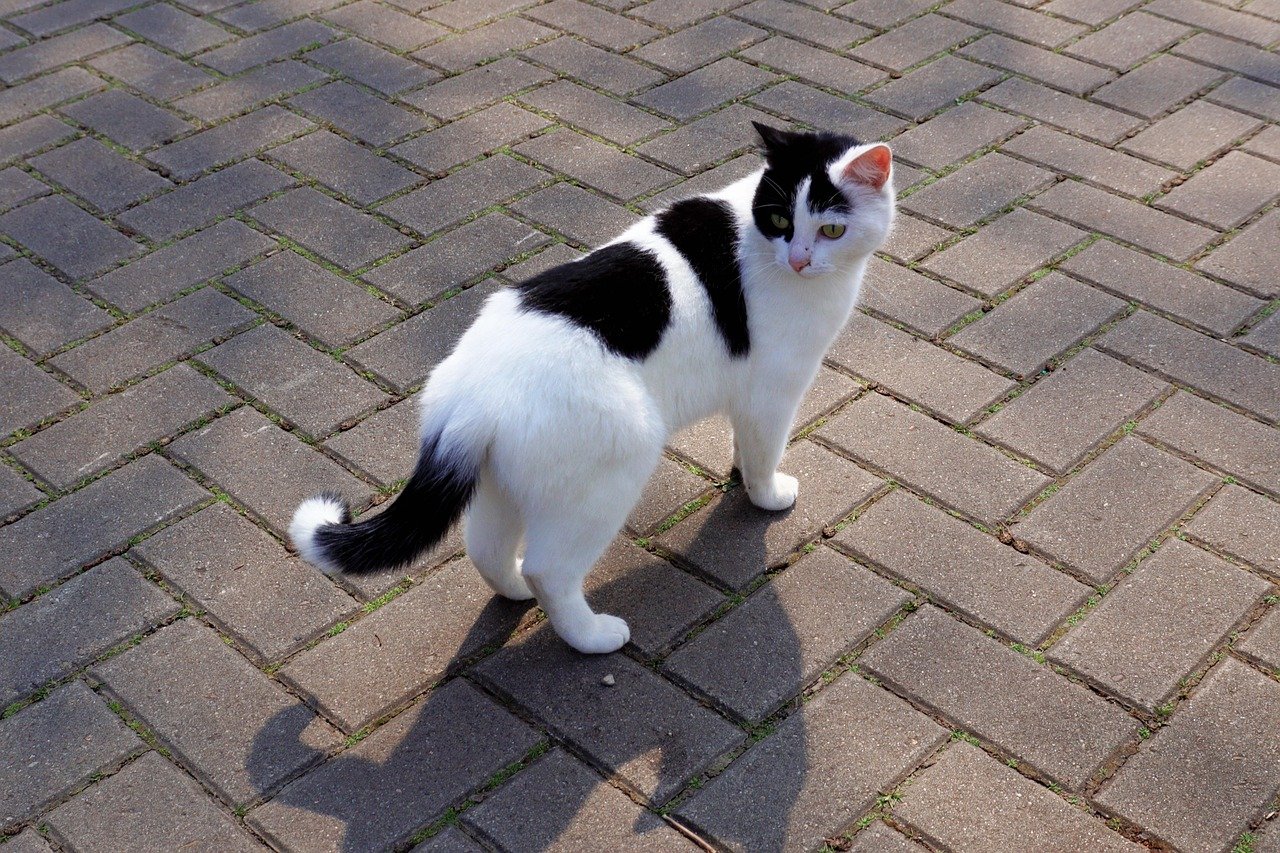
Cats with separation anxiety may exhibit restlessness or pacing behavior. They might wander around the house, unable to settle or find a comfortable spot. This behavior can be a physical manifestation of their anxiety, showing that they’re uneasy with the thought of being alone.
Increased Aggression or Irritability
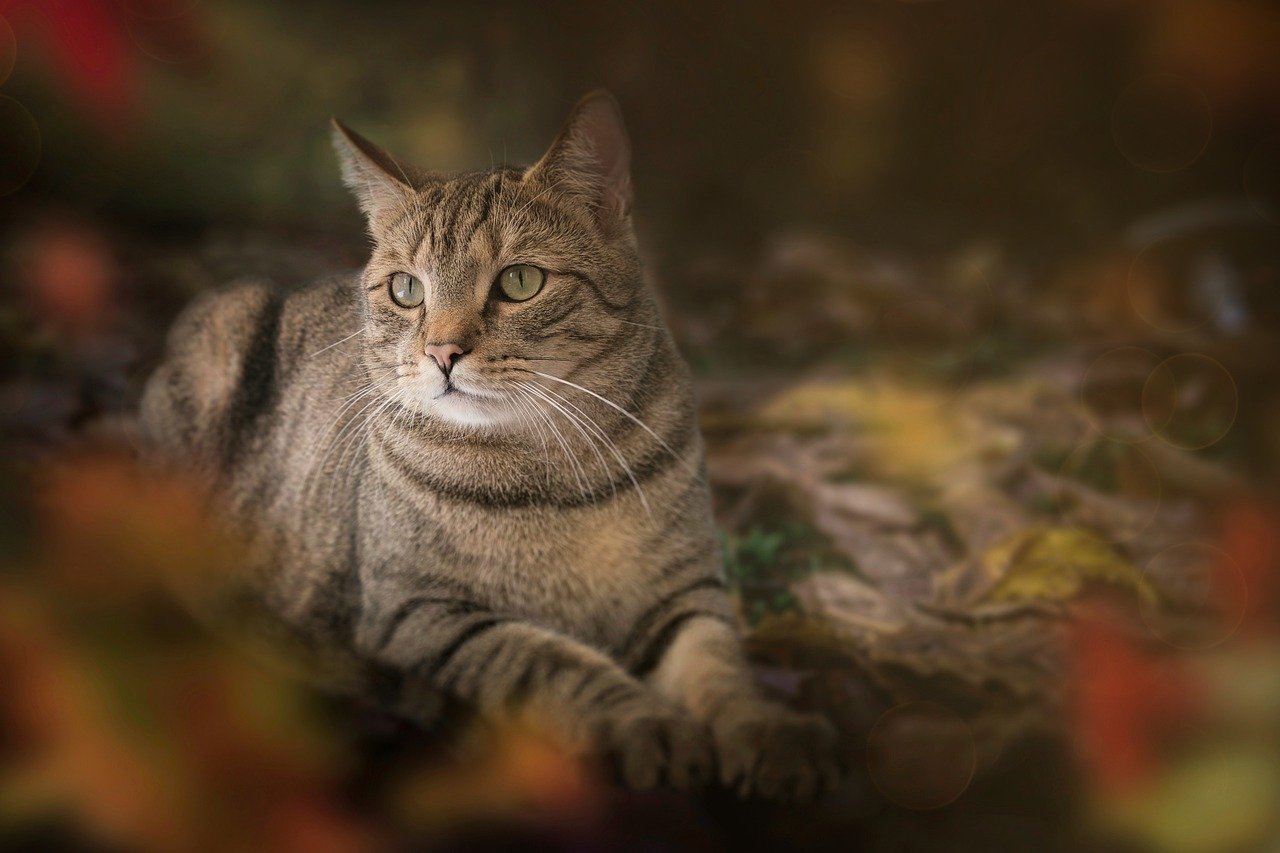
Sometimes, separation anxiety can make a cat more irritable or aggressive. They might lash out at you or other pets, displaying behaviors that are out of character. This aggression is often a response to their internal stress and should be addressed with patience and understanding.
Recognizing Changes in Sleep Patterns
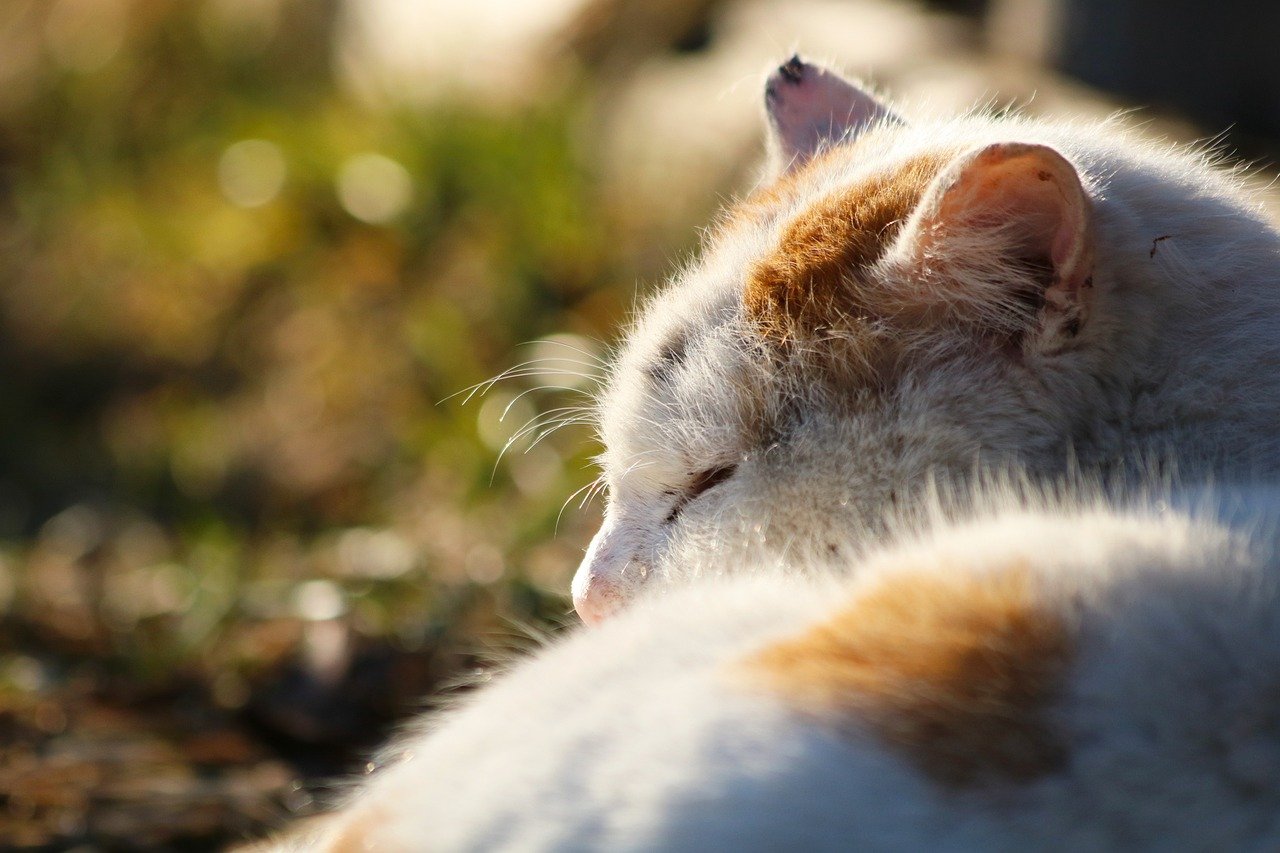
Cats are known for their love of sleep, but anxiety can disrupt their usual patterns. An anxious cat might find it hard to relax, leading to changes in their sleep behavior. They might sleep more during your absence and become more active and restless when you’re home.
Sudden Weight Loss or Gain
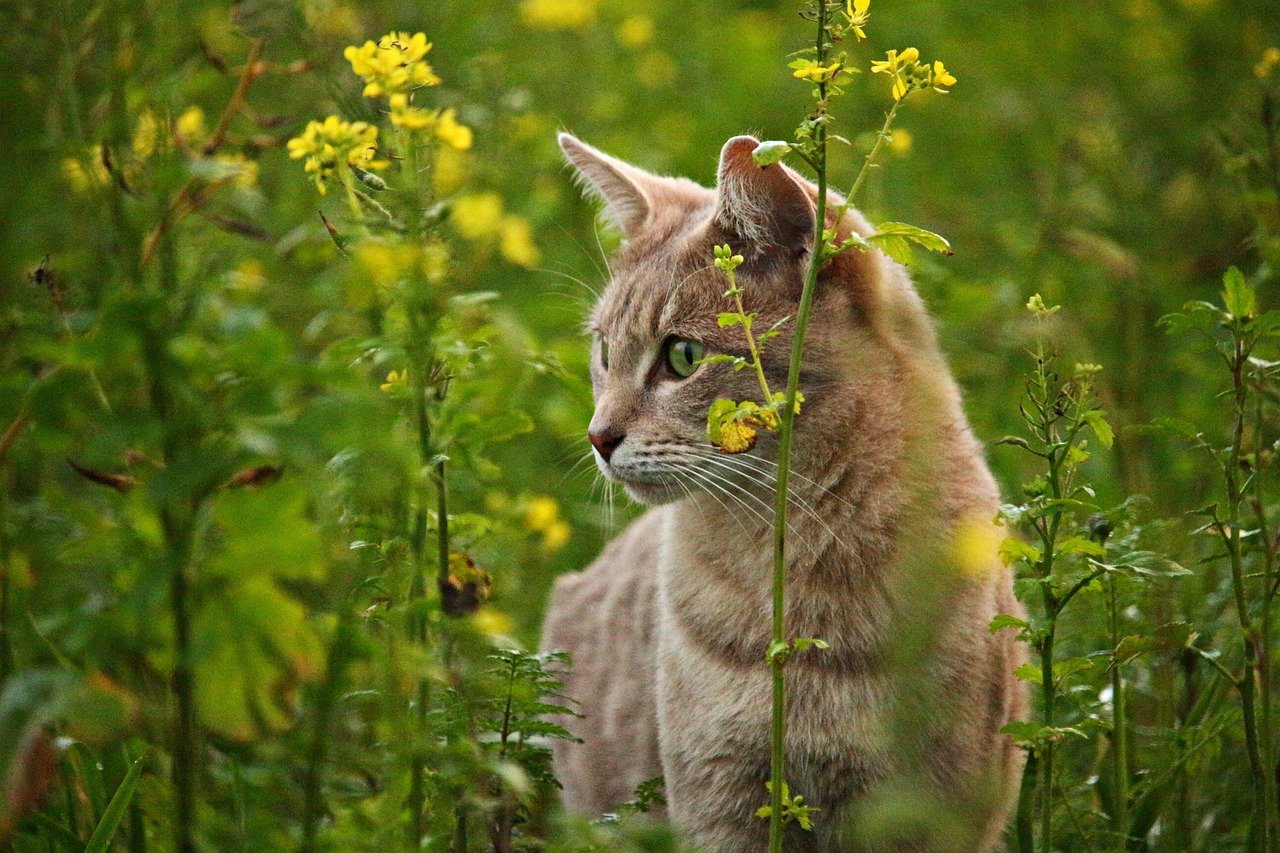
Weight fluctuations can also indicate separation anxiety. If a cat is stressed, they might lose weight due to a lack of appetite or gain weight from comfort eating. Keeping an eye on your cat’s weight can help in identifying underlying anxiety issues.
Frequent Vomiting or Digestive Issues
Stress can have physical effects on cats, leading to symptoms like vomiting or diarrhea. If these symptoms occur frequently and without any apparent medical reason, it could be linked to separation anxiety. It’s crucial to consult a veterinarian to rule out other health concerns.
Increased Sensitivity to Sound
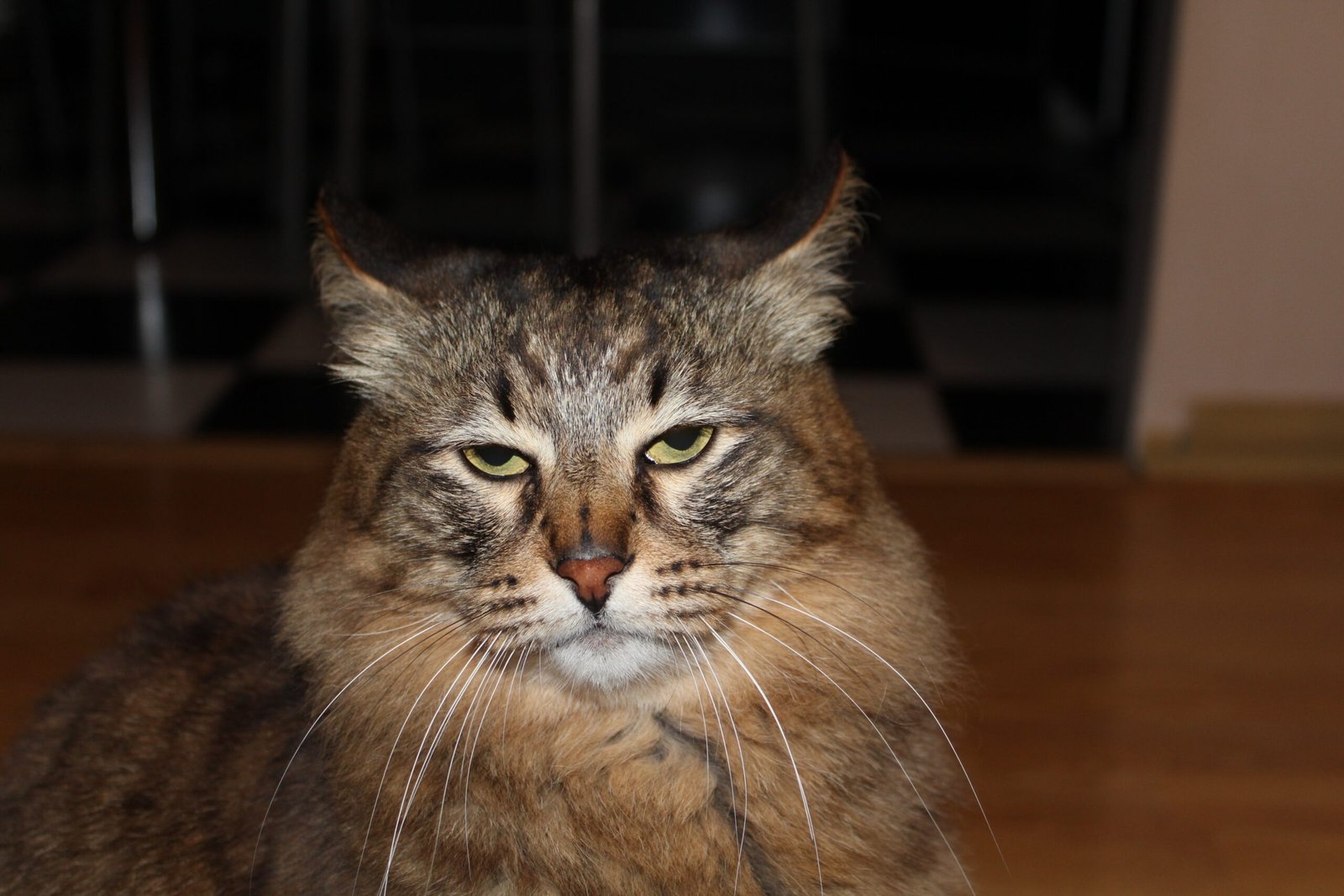
An anxious cat might become more sensitive to sounds, reacting to noises that they would typically ignore. Whether it’s the sound of keys jingling or the closing of a door, these noises can trigger anxiety in a cat with separation issues. Observing your cat’s reactions can provide clues about their emotional state.
Seeking Comfort in Unusual Places
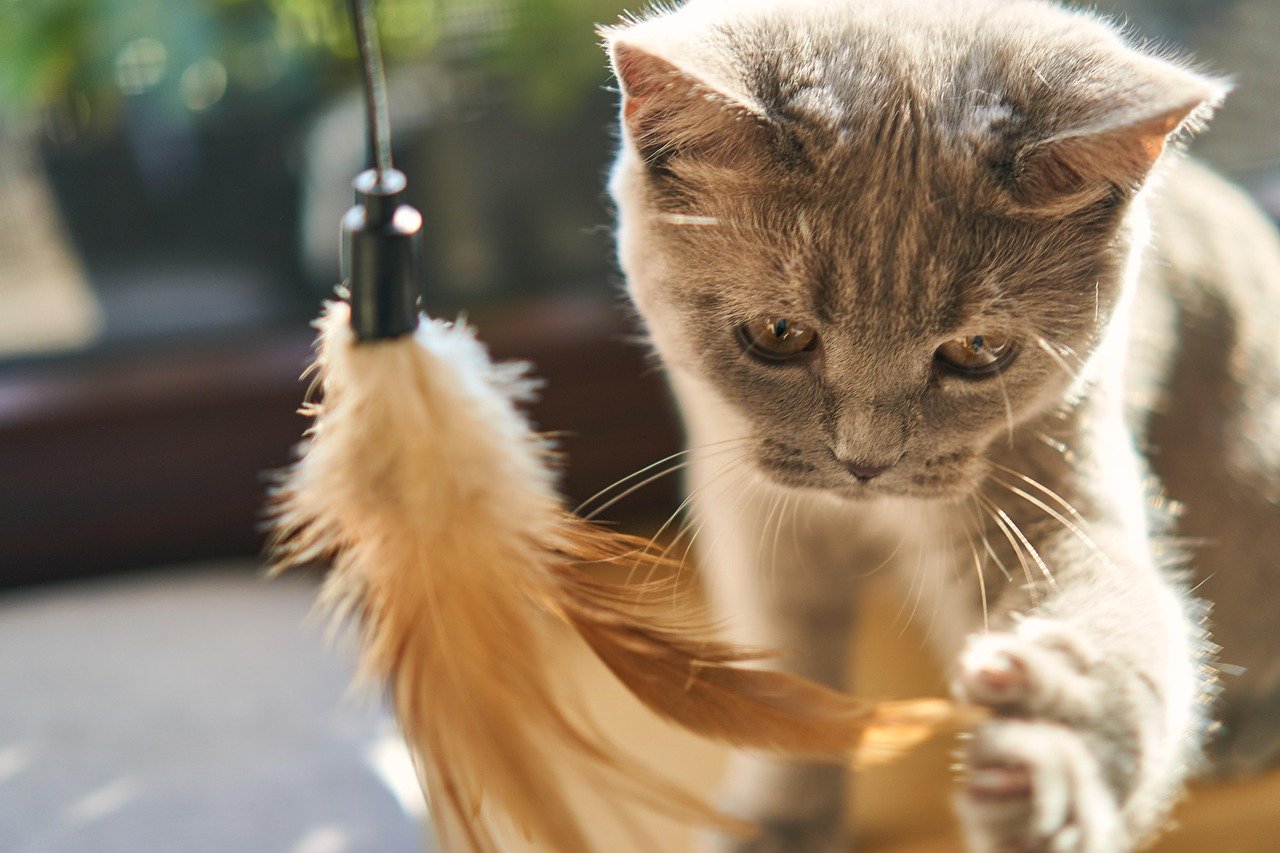
Cats with separation anxiety might seek out comfort in unusual places. They might curl up in your laundry, lie on your bed, or hide in a closet. These chosen spots often smell like their owner, providing them with a sense of security and comfort in your absence.
Increased Grooming of Objects
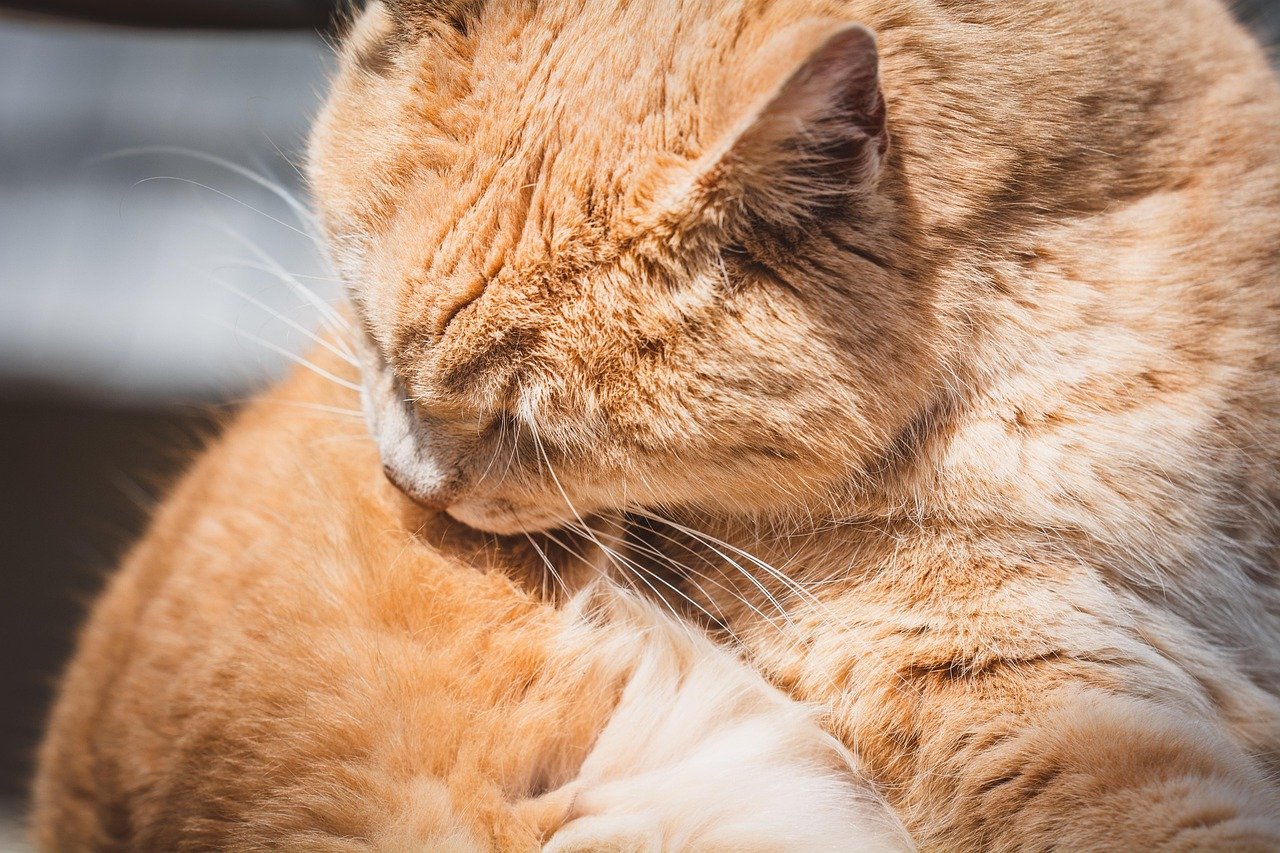
Aside from grooming themselves, cats with separation anxiety might start grooming objects around the house. This can be their way of marking territory or seeking comfort. If your cat starts licking furniture or other items, it might be a sign of their anxiety.
Hyperactivity Upon Your Return
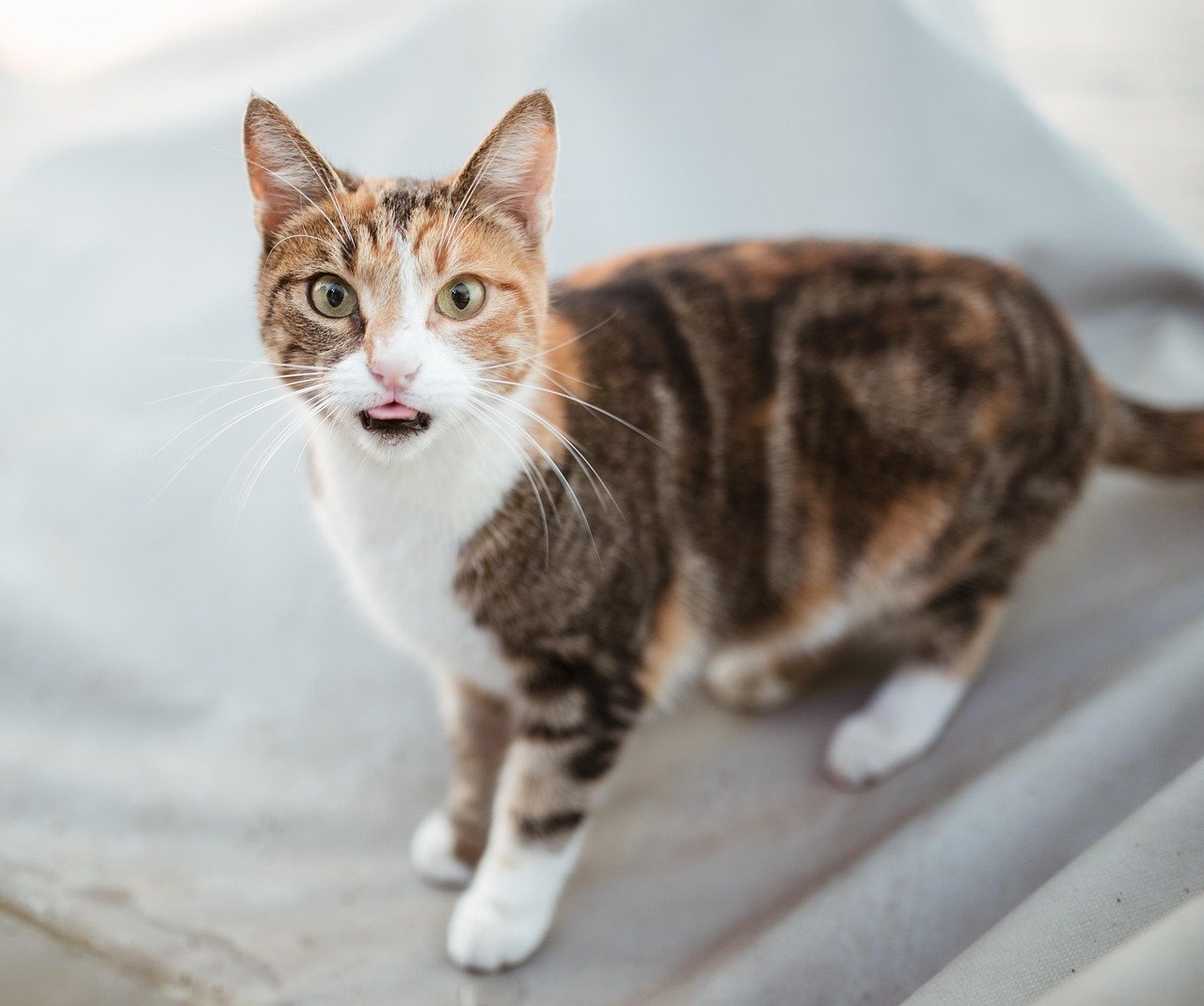
When you return home, an anxious cat might greet you with an unusual level of excitement or hyperactivity. They might jump around, meow loudly, or demand constant attention. This behavior is a release of their pent-up anxiety and a sign of their relief at your return.
Developing Phobias or Fears

Cats with separation anxiety might develop new phobias or fears. They might become scared of leaving the house, new environments, or even certain objects. This heightened sense of fear can be a result of their anxiety and should be addressed with gentle exposure and reassurance.
Consulting a Veterinarian

If you suspect your cat has separation anxiety, consulting a veterinarian is a crucial step. A vet can help rule out medical conditions that might be causing the symptoms and provide guidance on managing the anxiety. Professional advice is invaluable in ensuring your cat’s health and well-being.
Implementing Strategies to Ease Anxiety
There are various strategies to help ease your cat’s separation anxiety. These can include providing toys or puzzles to keep them occupied, creating a safe and comfortable environment, or gradually getting them used to your absence. Consistency and patience are key in helping your cat adjust and feel secure.
Understanding and addressing separation anxiety in cats requires patience and compassion. By recognizing the signs and taking proactive steps, you can help your feline friend feel more comfortable and secure, ensuring a happier and healthier life for both of you.
Hi, I’m Bola, a passionate writer and creative strategist with a knack for crafting compelling content that educates, inspires, and connects. Over the years, I’ve honed my skills across various writing fields, including content creation, copywriting, online course development, and video scriptwriting.
When I’m not at my desk, you’ll find me exploring new ideas, reading books, or brainstorming creative ways to solve challenges. I believe that words have the power to transform, and I’m here to help you leverage that power for success.
Thanks for stopping by, Keep coming to this website to checkout new articles form me. You’d always love it!






